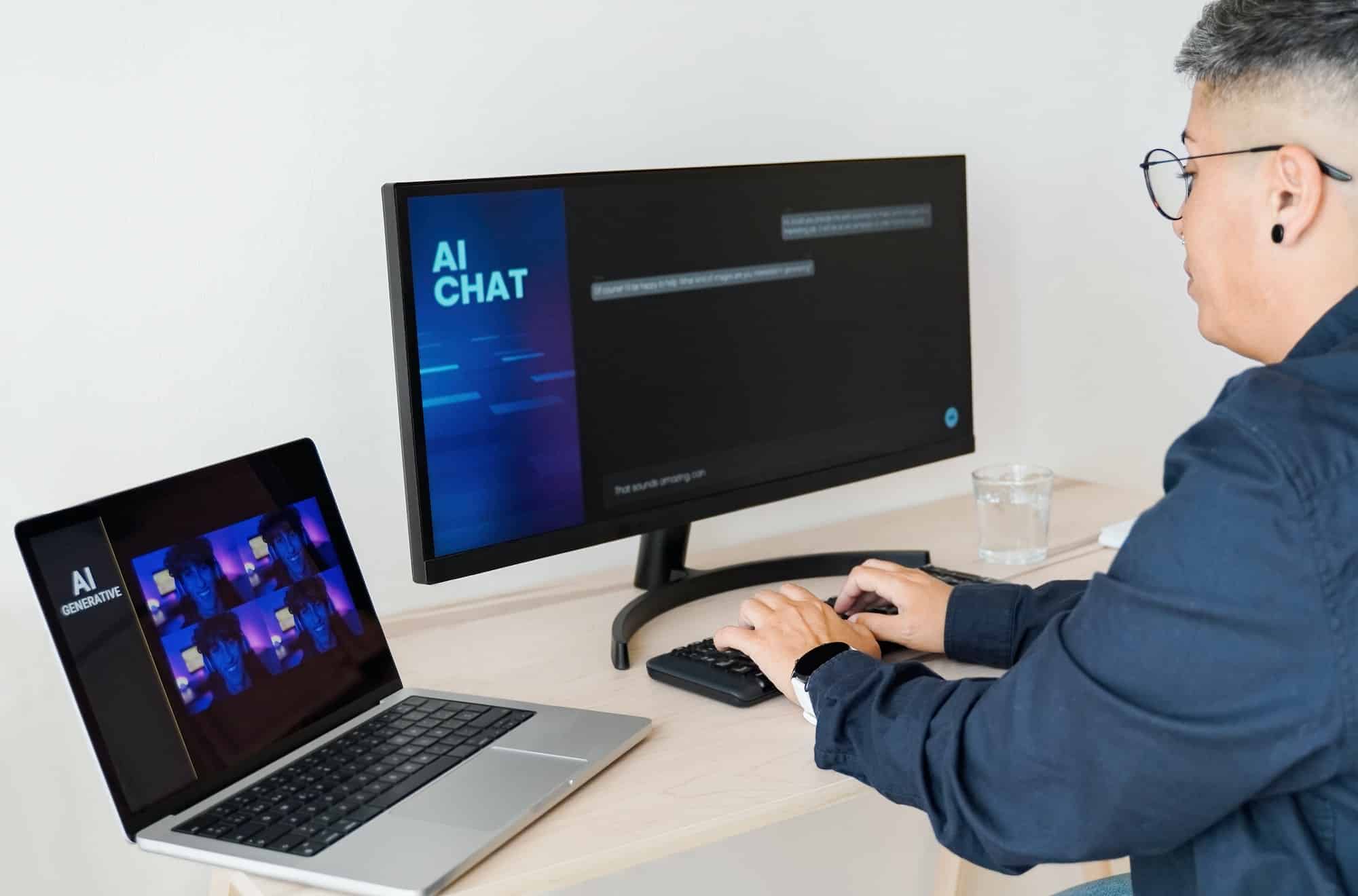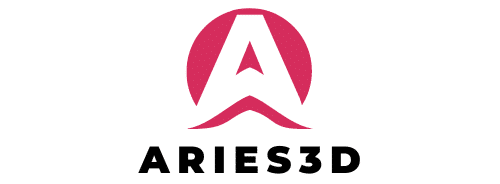The future of generating text from images: upcoming trends and developments

The field of generating text from images is experiencing impressive developments. This is disrupting the way we create and consume content. Revolutionary artificial intelligence models like DALL-E 2, Imagen and My Image GPT are paving the way for never-before-seen possibilities. It is therefore legitimate to be interested in future trends and developments in this booming sector.
Notable trends in generating text from images
Tools such as My Image GPT have demonstrated the potential and possibilities of artificial intelligence technology. And clearly, the future of generating text from images promises exciting advances and innovative possibilities.
A lire en complément : How Is Augmented Reality Being Integrated into Educational Curriculums for Interactive Learning?
Improved image quality and realism
AI models are perfecting their ability to generate realistic, consistent images, from striking photos to artistic illustrations. To better understand this technology, discover how to create images using ai technology.
Recent advances in generative models, such as GANs (Generative Adversarial Networks) and transformers, have significantly improved the ability of systems to generate high-quality images. These models incorporate deep learning mechanisms to capture complex visual features.
Lire également : What are the benefits of adopting AI-powered chat for a business ?
Advanced post-processing techniques are also applied to the generated images to improve their quality and realism. This includes using filters, color corrections, textures and additional details to refine the results and make them more convincing.
Development of multimodal models
Multimodal models combine visual and textual data in a single learning system. This means that My Image GPT can not only interpret images but also associate them with relevant textual descriptions, thereby enriching the system's ability to understand and generate content.
Next, the integration of multimodal data allows for more precise contextual understanding. The model can analyze relationships between visual and textual elements, thereby capturing subtle information such as emotions, complex scenes and specific details present in images.
Personalization and adaptation to specific needs
Personalization and adaptation features based on advanced contextual analysis of visual and textual data. My Image GPT can understand the subtle details of an image and generate descriptions that precisely match the user's specific expectations and needs.
Through personalization, My Image GPT can create tailor-made content based on user preferences and requirements. Whether for technical descriptions, creative storytelling, particular language styles, the tool can adapt to meet the needs of different users and different domains.
Democratization of access and use
Here, the focus is on developing user-friendly and intuitive interfaces for My Image GPT, allowing users, even those new to artificial intelligence, to fully exploit the tool's features without requiring advanced technical skills.
The availability of pre-trained and open source models makes My Image GPT easy to access for developers, researchers and small businesses. This reduces financial and technical barriers to technology adoption and encourages innovation in various sectors.
Integration into creative processes
My Image GPT integration facilitates collaboration and co-creation between creative teams. Members can share text descriptions and collaborate on artistic projects using these descriptions as a basis for the collective creation of original and innovative works.
Promising developments to watch
The promising developments to watch for in the area of generating text from images, particularly with tools like My Image GPT, are numerous and offer an impressive glimpse into the future of this technology.
- Supervised and unsupervised machine learning: New learning techniques will allow models to learn from more diverse and less labeled data.
- Generating varied text formats: The templates will generate more sophisticated text formats, such as scripts, poems, and blog posts.
- Deeper natural language understanding: Models will improve their ability to understand the nuances of human language and produce more coherent and informative texts.
- Integration with other AI technologies: Text generation will integrate with other areas of AI, such as machine translation and text-to-speech, to create comprehensive multimodal experiences.
- Ethical and responsible considerations: Efforts will be made to ensure the ethical and responsible use of AI in text generation, combating bias and misinformation…
Conclusion
The future of generating text from images looks promising and full of innovations. The trends and developments described above are opening up new possibilities for content creation, communication and creative expression. By continually adapting and evolving, AI models will transform the way we interact with information and digital worlds.
